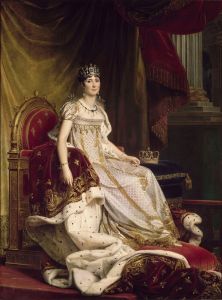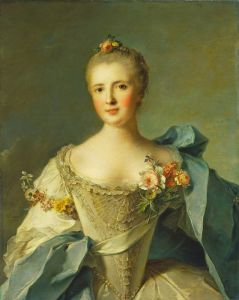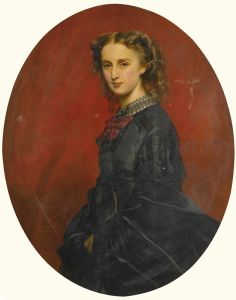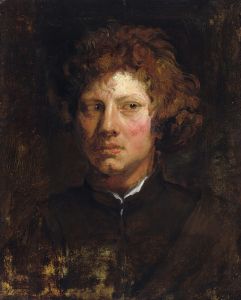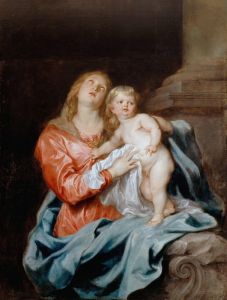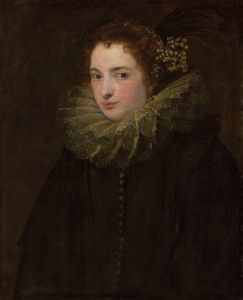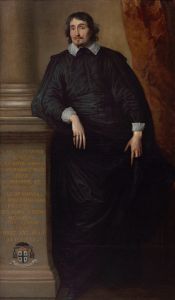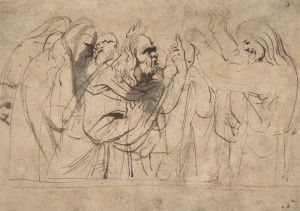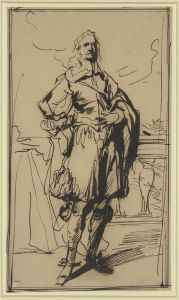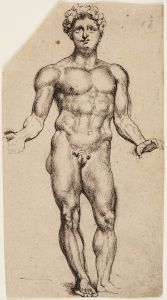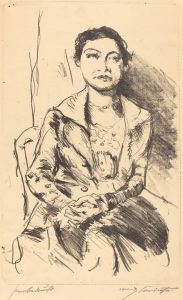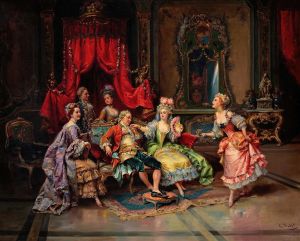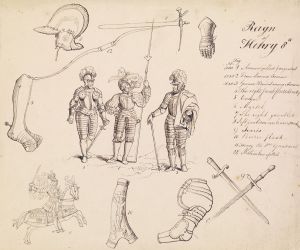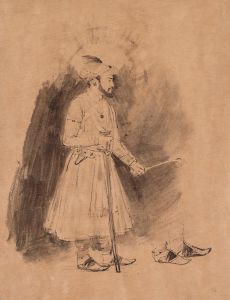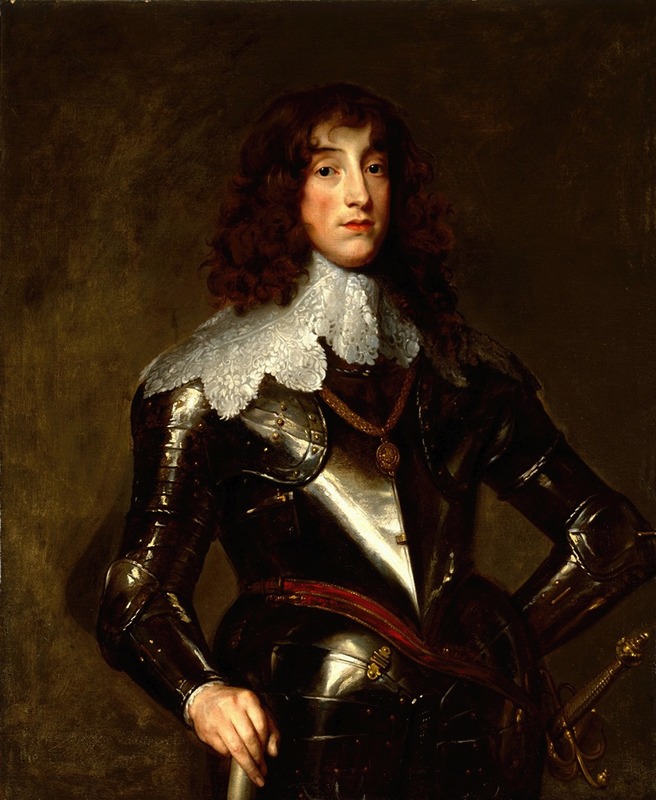
Charles Louis, Elector Palatine
A hand-painted replica of Anthony van Dyck’s masterpiece Charles Louis, Elector Palatine, meticulously crafted by professional artists to capture the true essence of the original. Each piece is created with museum-quality canvas and rare mineral pigments, carefully painted by experienced artists with delicate brushstrokes and rich, layered colors to perfectly recreate the texture of the original artwork. Unlike machine-printed reproductions, this hand-painted version brings the painting to life, infused with the artist’s emotions and skill in every stroke. Whether for personal collection or home decoration, it instantly elevates the artistic atmosphere of any space.
"Charles Louis, Elector Palatine" is a portrait painting by the renowned Flemish artist Anthony van Dyck. Van Dyck, a prominent Baroque artist, was known for his exceptional skill in portraiture, capturing the likeness and personality of his subjects with remarkable detail and elegance. This particular painting depicts Charles Louis, who was the Elector Palatine of the Rhine, a significant title within the Holy Roman Empire.
Charles Louis was born on December 22, 1617, as the second son of Frederick V, Elector Palatine, and Elizabeth Stuart, the daughter of King James I of England. His early life was marked by the political turmoil of the Thirty Years' War, during which his father lost the Palatinate and the Bohemian crown. Charles Louis spent much of his youth in exile, primarily in the Dutch Republic and England, as his family sought to regain their lost territories and status.
The portrait by van Dyck was likely painted during one of Charles Louis's visits to England, where van Dyck was serving as the principal court painter to King Charles I. Van Dyck's tenure in England, from 1632 until his death in 1641, was a period of prolific output, during which he painted numerous portraits of the English nobility and visiting dignitaries. His style is characterized by its sophisticated elegance, the use of rich color, and the ability to convey the status and personality of his sitters.
In the painting, Charles Louis is depicted with the poise and dignity befitting his rank. Van Dyck's mastery is evident in the delicate rendering of textures, such as the luxurious fabrics of Charles Louis's attire and the subtle play of light and shadow on his face. The portrait not only serves as a likeness of the Elector Palatine but also as a testament to his noble status and the aspirations of his family during a time of political uncertainty.
Charles Louis eventually regained the Lower Palatinate as part of the Peace of Westphalia in 1648, which concluded the Thirty Years' War. His efforts to restore his family's fortunes were partially successful, and he became an influential figure in the politics of the Holy Roman Empire. The portrait by van Dyck remains an important historical artifact, reflecting both the personal history of Charles Louis and the broader context of European politics in the 17th century.
Van Dyck's portraits are celebrated for their ability to capture the essence of his subjects, and "Charles Louis, Elector Palatine" is no exception. The painting is a fine example of van Dyck's work during his English period and continues to be admired for its artistic merit and historical significance. Today, it is part of the collection of the Royal Collection Trust, where it is preserved as a valuable piece of cultural heritage.





